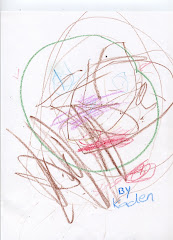Journal 8
Fingal, D. (2009). Have You tweeted today?. Learning and Leading, 37(2),
Have You Tweeted Today?
Diane Fingal’s article is about the positive affects of social networks, mainly Twitter. She does acknowledge that much of Twitters bad rap is brought on by it’s self. Twitter’s opening question is “What are you doing?” Many people do not care what the typical person is doing at any given moment, however when used to follow or communicate specific information many find it invaluable. One person sited in the article was Beth Still, an educator from Nebraska. In Beth’s resource article she lists the positives that have come from her Twitter experience.
In Beth’s blog, she also list opportunities she has taken advantage of through Twitter. She as been able to attend streaming conferences, taken part in wedinars she learned about through the Twitter network and has even linked teachers from New York through her Tweets. Still also points out that Twitter and virtual friends do not take the place of real life face to face interactions instead it enhances them.
What would it take for districts and administrators to embrace Twitter as a teaching tool?
I think a teacher would have to find qualitative data to present. Districts, the ones usually in charge of firewalls and protected sites, need to see a bottom line of increased test scores and student improvement. If a teacher could make case that their access to Twitter helps them raise test score than I think it might be considered. I realistically do not think that the powers that be will give much weight to this type of technology, mainly because they themselves don’t understand it.
How can a teacher increase the uses of social networks like Twitter with populations that do not have the resources to access it?
I think this is a tough question. If the teacher feels strongly enough about it they will find a way. One option would be to give students the opportunity during class to access it with school computers. Students could check their account in class and communicate back to the group. The more interesting the conversation the more likely students will find a way to be involved.
Subscribe to:
Post Comments (Atom)
Classroom Newsletter-NETS-T 3
This classroom newsletter was created using tools with in Word. The use of tables drop caps, custom bullets and custom images create a unique individualized newsletter.
newsletterDG


No comments:
Post a Comment